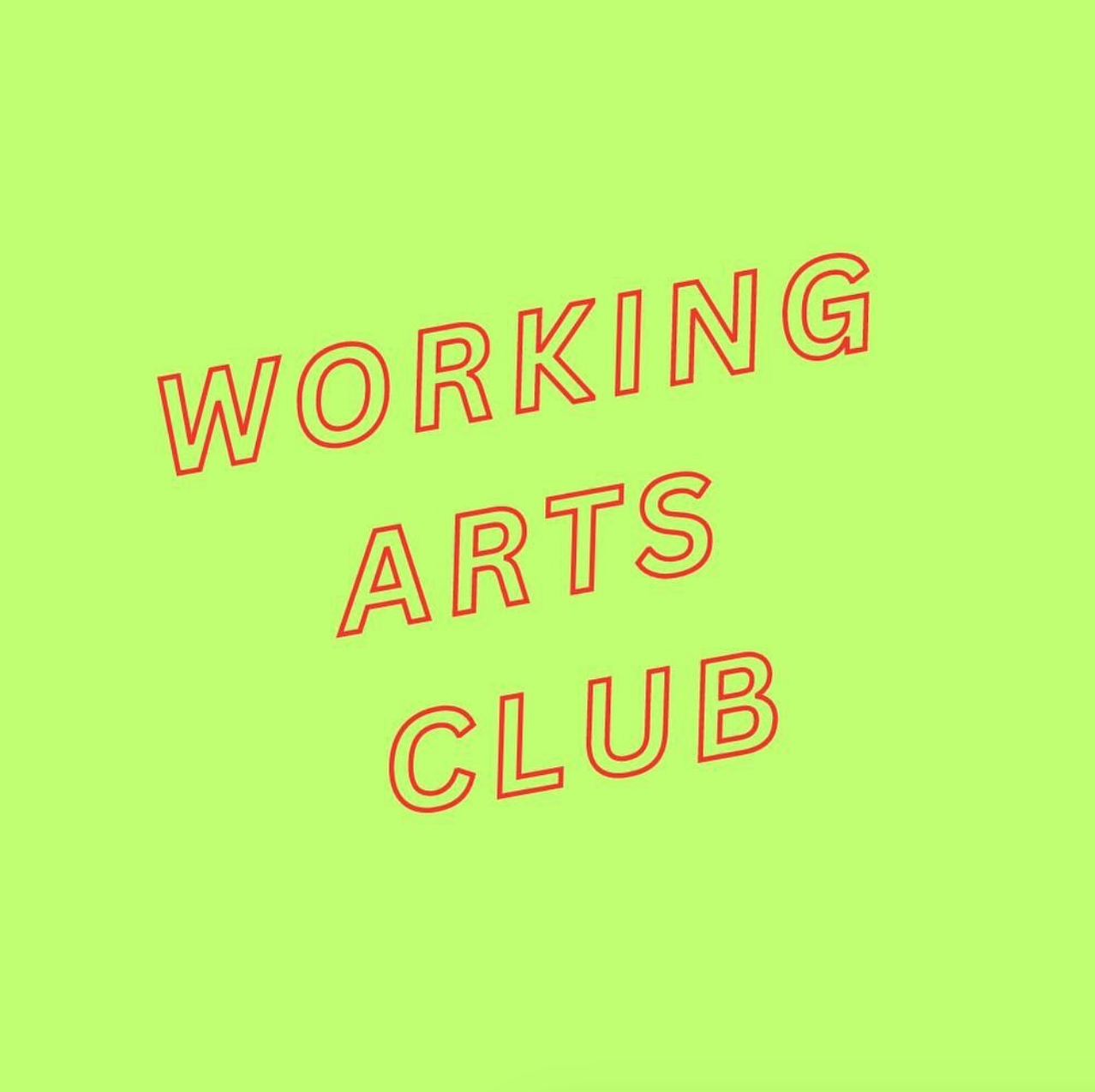A new initiative aimed at supporting art professionals from working-class backgrounds is launching in London. The Working Arts Club, founded by Meg Molloy, Head of Communications at Stephen Friedman Gallery, is an independent organisation designed to bring together those from lower socioeconomic backgrounds who work in the UK’s visual arts sector. The club’s focus is on fostering community through networking, events, and social opportunities. Since its announcement on social media in May, the club has seen a wave of interest, with hundreds signing up to get involved.
Molloy, who hails from Margate and identifies personally with a working-class background, says the idea for the club emerged from casual discussions with colleagues and friends. “I kept thinking there was a gap in the arts for people from backgrounds like mine,” she explains. “While there are some support networks out there, many are expensive, and none quite offered what I was looking for.”
The club’s creation highlights the underrepresentation of working-class people in the arts. A 2018 report by Create London and Arts Emergency found that just 18.2% of people in the arts across Great Britain come from working-class backgrounds. The term “working-class” is often debated, but it typically refers to those whose parents held blue-collar jobs or faced long-term unemployment. Molloy prefers to use the term “low socioeconomic background,” a more fluid and self-defined descriptor. “Class isn’t just about where you come from, it’s about your experience, and how you feel about your position,” she says.
Discussing class within the art world has historically been uncomfortable, with the sector largely dominated by individuals from privileged backgrounds. Molloy notes that for many, being from a working-class background in the art world can often feel isolating. “It’s not just about feeling out of place at a private view or not sharing the same cultural references as colleagues. It’s about the daily, subtle ways people might feel they don’t belong,” she explains. “The goal of the Working Arts Club is to create a space where people can find connections, build relationships, and feel seen and supported.”
One of the early sign-ups to the club is Laura Gosney, a press manager at the Southbank Centre in London, who resonates with Molloy’s mission. “I’m really excited to meet others from similar backgrounds working in the arts,” says Gosney, who grew up on a rural farm. “The art world can feel intimidating for those of us who didn’t grow up in upper-class circles or attend private school. Even in public galleries, the networks can feel cliquey and exclusive.”
Gosney recalls feeling particularly uncomfortable at a private view event where she downplayed her rural upbringing. “I told people I came from a countryside estate instead of a working farm, not because I’m ashamed of it—quite the opposite—but because I was desperate to fit in,” she says. “I’ve also found myself altering my accent to sound more upper-class or coming home feeling like I don’t belong.” However, she also believes that her working-class roots have instilled in her the resilience and determination that helped her succeed in the industry. “I know the Working Arts Club can make a real difference, and I want to help Meg make that happen,” she adds.
The Working Arts Club will hold its official launch event later this summer, and Molloy is actively seeking partners and sponsors to support the initiative’s growth. “We have big plans, but we’re going to need the support of venues and sponsors to make them a reality,” she says.
Molloy’s long-term vision for the club includes reaching out to schools and educational institutions to help open up discussions about careers in the arts. “When I was in school, no one told me that a job like mine was even possible. It’s crucial that we show young people from all backgrounds that there’s a place for them in the arts,” she says. “In today’s political climate, this message is more important than ever.”
With the Working Arts Club, Molloy hopes to create not just a space for support, but a lasting change in the way the art world views and engages with working-class talent. The club’s launch marks an exciting step towards inclusivity, providing a long-overdue space for people who have historically been underrepresented in the arts to come together, share experiences, and grow in their careers.
Check the club out here





















